Rent
ProLift offers daily, weekly, and monthly rentals. Find the right equipment for maximum productivity and safety.
Let us know how we can assist you! A ProLift specialist will connect with you to help with your material handling needs.
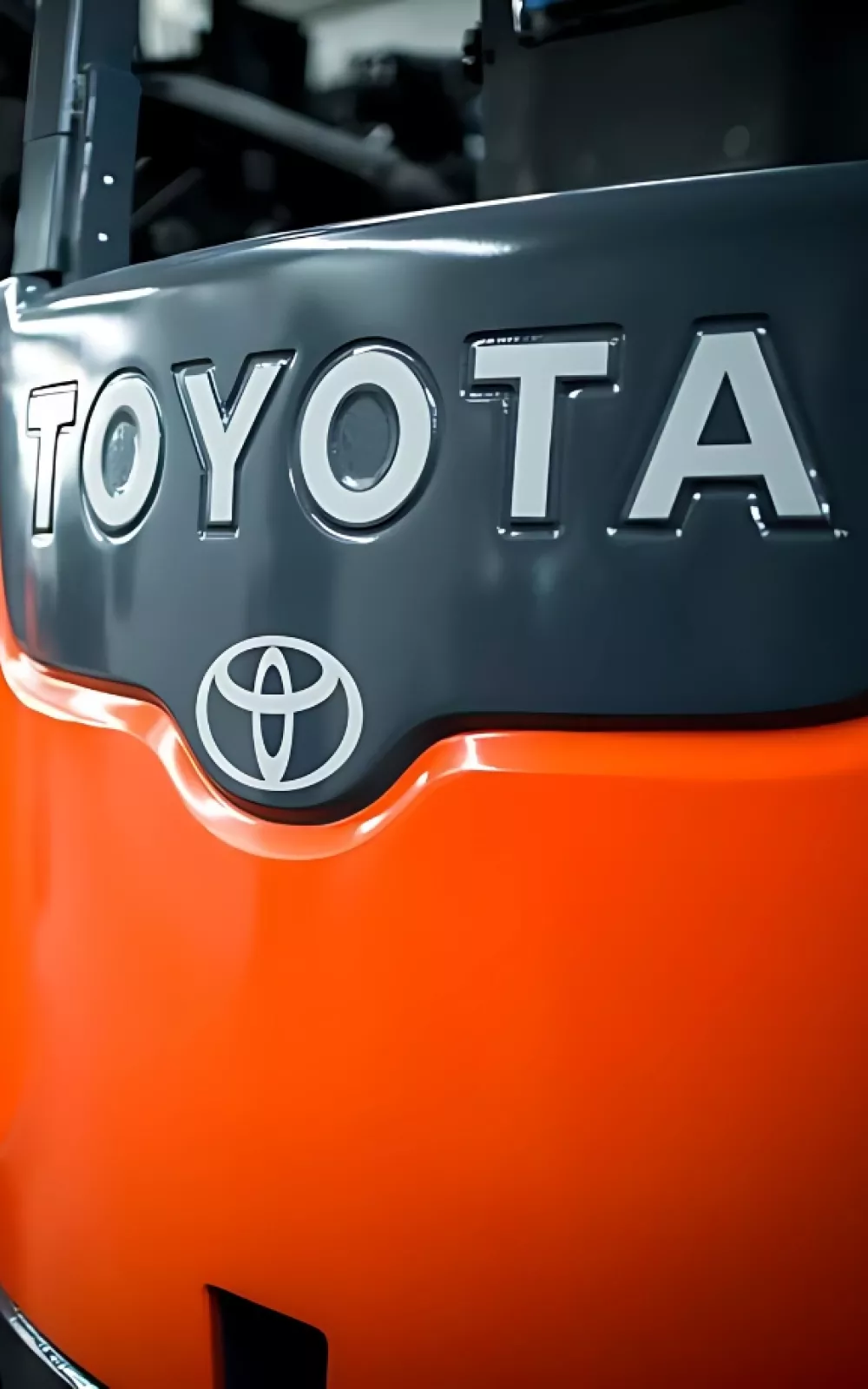
Pallet flow racking systems are a cornerstone of efficient warehouse operations, especially for First-In, First-Out (FIFO) inventory management. These systems utilize gravity rollers to move pallets from the loading to the unloading aisle, ensuring seamless product rotation. Selecting the appropriate roller type—full-width, skate wheels, or poly wheels—is crucial, as each offers unique benefits tailored to specific load requirements and operational needs.
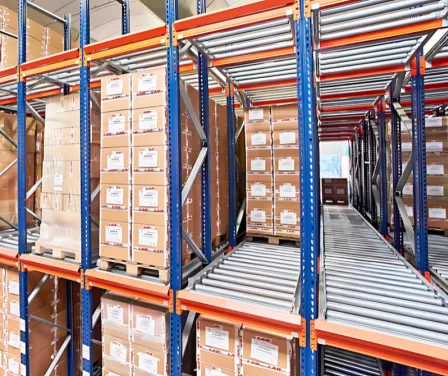
When a company has a need to distribute products by earliest production, the system of FIFO (First In, First Out) is implemented. This system ensures a quick rotation of goods, helps identify batch quality issues and reduces the cost of obsolete inventory. FIFO is often used by companies that produce and distribute perishable goods or clothing.
Pallet flow racking is the preferred storage system for FIFO production. It minimizes aisles with its high density storage, letting a warehouse take advantage of its available cubic feet. Instead of approaching the front of the rack, the forklift operator loads the product into the storage lane from the loading aisle. Gravity rollers then move the pallet forward to the front of the rack, where it remains until it is removed from the unloading aisle.
Pallet flow rack systems are highly efficient since each lane is reserved for a single product or SKU, requiring all pallets in the lane to be uniform in size. The size of the pallets needed is determined by the dimensions of your product. Additionally, assess whether your product is prone to shifting during loading or unloading. Products that shift easily may require larger pallet dimensions to minimize the risk of becoming stuck in the racking.
Because the rollers are responsible for moving the product down the lane, the pallets must engage the rollers on the pallet flow rack. Broken pallets are vulnerable to becoming stuck on the rollers and backing up the lane. Quality materials help to decrease the likelihood of structural damage to the pallet.
Roller options for pallet flow racking include full width, skate wheel and poly wheel. Each option is unique to how it engages with the pallet and the level of speed control it offers.
Pallet flow racking results in less handling of product during transition from the warehouse to shipping, which makes forklift operation less costly and more efficient. With its other benefit of increasing warehouse storage area, it’s an ideal solution for FIFO production.
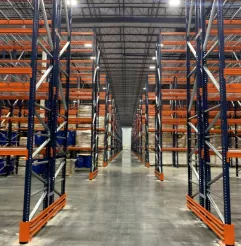
Your partnership with ProLift begins before product is purchased. Our warehouse consultants integrate material handling systems, physical space, and the flow of material to create a streamlined, efficient process.
Most warehouses utilizing pallet flow racking systems will have one of these types of rollers in use: full-width rollers, skate wheels, or poly wheels.
Full width rollers are the width of the pallet, which offers points of contact for the traveling pallet. Your pallet structure or load capacity may dictate the need for full width rollers; however, its popularity also stems from being the most flexible type of roller. In case of a new pallet configuration, this roller may be able to accommodate the change.
For speed control, the first set of rollers at the discharge lane is disabled to slow down the pallet. An impact plate is also installed at the bottom of the lane to help the pallet not push past the edge. If additional speed control is needed, metal squares are dropped along the lane as needed to disable the rollers. These squares are not permanent and can be moved as needed.
Skate wheels, named for their similarity to roller skating wheels, come in both metal and plastic versions, with the metal design capable of supporting heavier loads. Warehouse employees manually place the load on the charge lane and push it forward. These wheels move items quickly and typically do not have a downward pitch. Ideal for short lanes and wooden pallets, skate wheels also provide an economical option for pallet flow racking systems.
A poly wheel uses a large wheel in the middle of the roller to control speed. Similar to a car rolling over a speed bump, the poly wheel doesn’t bring the item to a complete stop, but does slow down its traveling momentum. Poly wheels are durable and ideal for freezer applications or loads reaching over 3,000 lbs.
Creating a pallet flow racking system with the adequate speed control is trial and error; however, working with a warehouse solutions consultant and engineer can eliminate some of the guesswork. With a test of your actual load and pallet, they can provide a roller and speed recommendation.
An outgoing observation of your production will also alert you to changes and previously unknown issues happening on the lanes.
Learn if pallet flow racking is the solution for your production. Our warehouse solutions consultants are available for site visits and consultation.
Whether you're planning a warehouse project or need expert advice on the best solution, our sales consultants are here to provide the information and guidance you need.

ProLift provides warehouse solutions from design to dock. From design and installation to reducing energy costs, ProLift's sales consultants are here to ensure your facility operates safely and efficiently every step of the way.
Contact us for support on:
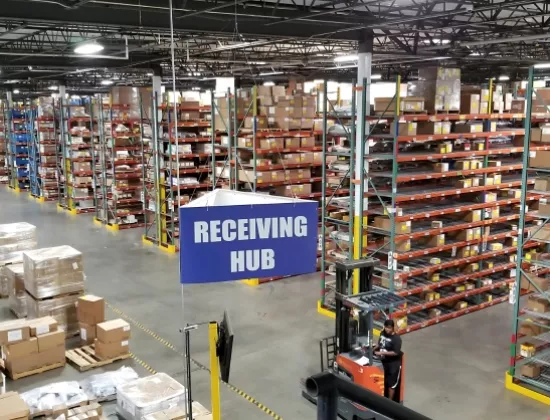
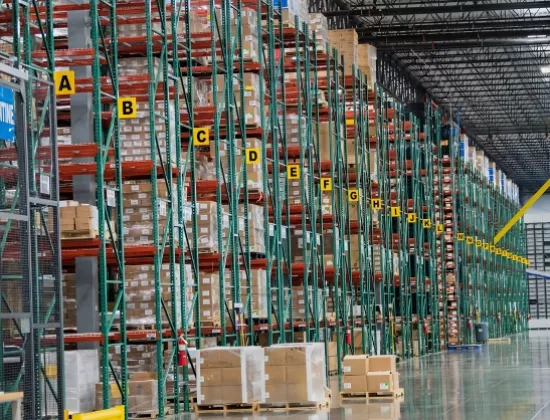
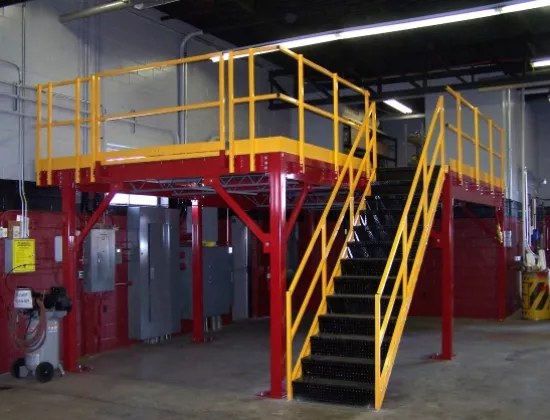
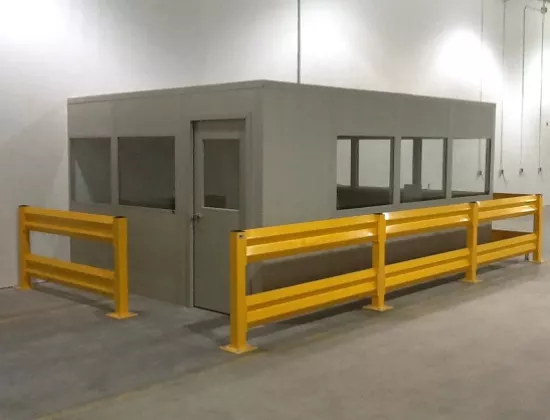
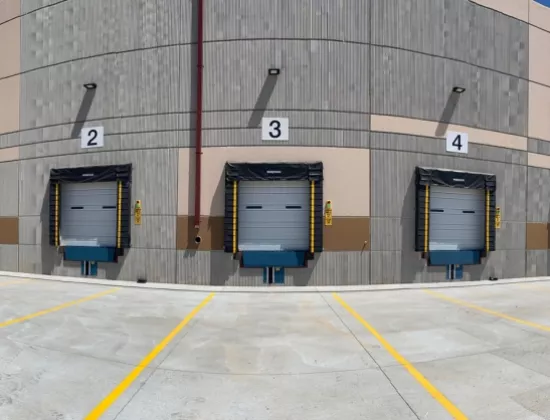

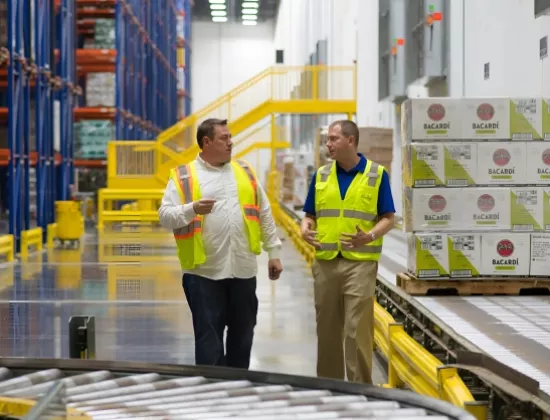
ProLift provides warehouse solutions from design to dock. From design and installation to reducing energy costs, ProLift's sales consultants are here to ensure your facility operates safely and efficiently every step of the way.
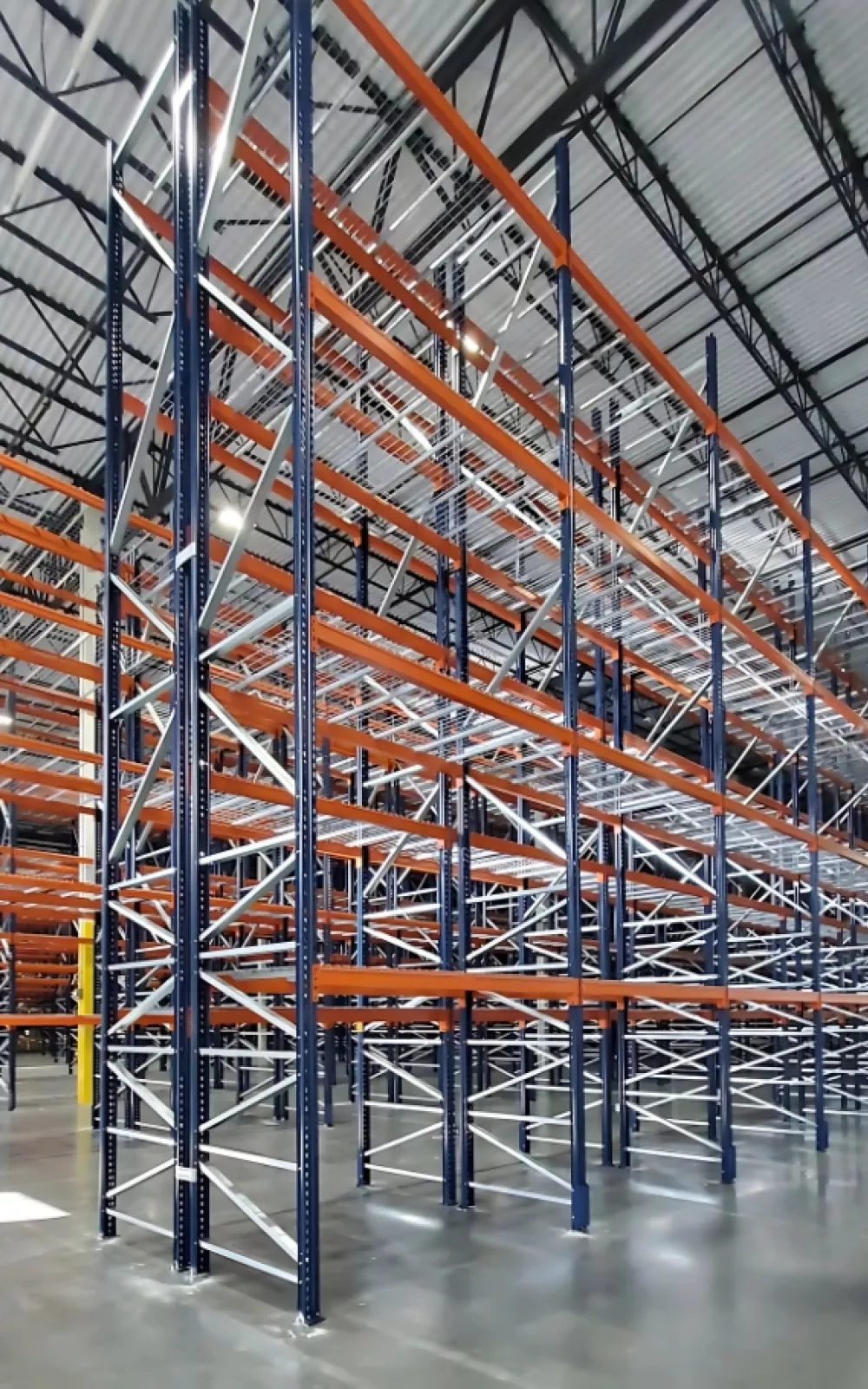
Let us know how we can assist you! A ProLift specialist will connect with you to help with your material handling needs.
